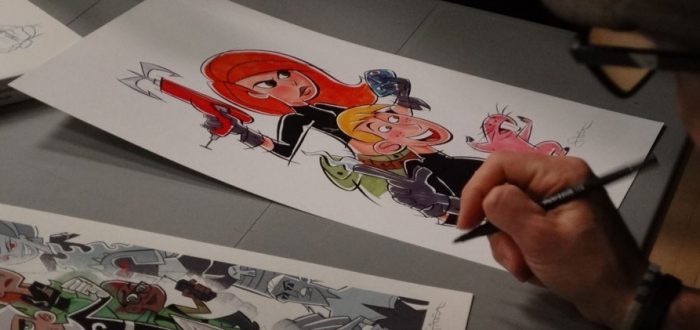The radio-television-film (RTF) department’s new home at Austin Community College is located at the school’s Highland campus in north Austin.
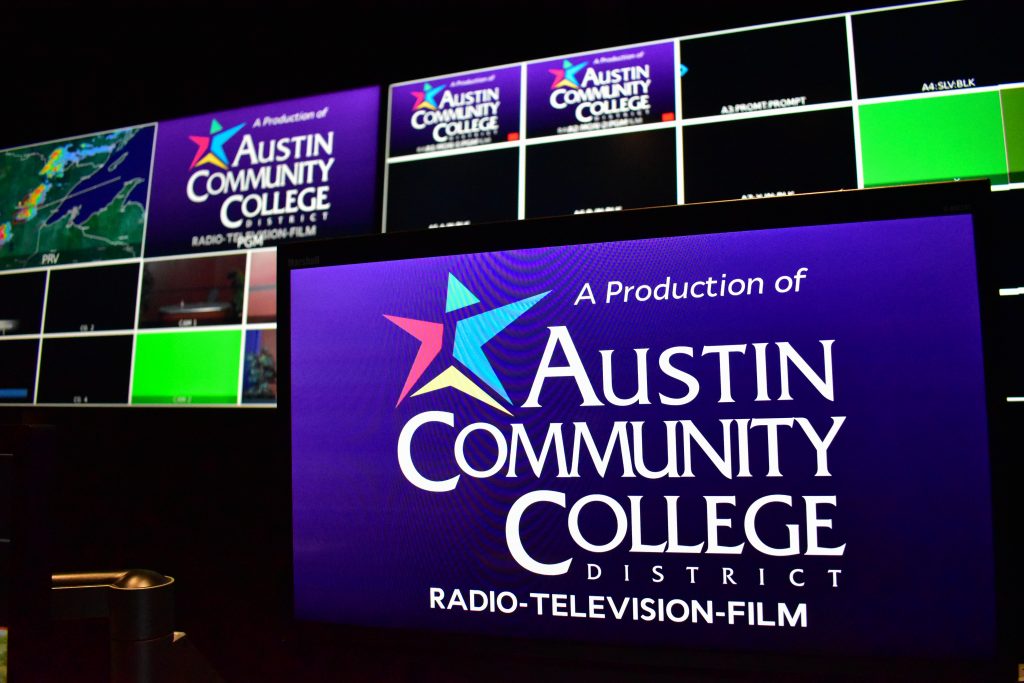
Story by Georgina Barahona
Edited by Pete Ramirez
As part of the college’s second phase of renovations to what was once the Highland Mall, the department now boasts a state-of-art facility where students can gain real-world experience.
The department, which has been a feature at ACC for more than 40 years, was previously housed at the college’s Northridge campus and made its move to Highland in the midst of the pandemic during the spring of 2021.
Through RTF’s new facility and the expert professors leading the program, ACC provides students with a wealth of opportunities to expose young creatives to various challenging and in-demand fields such as videography, podcasting and directing.
“The professors are really good at helping beginners and making sure you are being led properly and that you are trying your best,” current RTF student Brailand Rangel said. “We usually come out with some great products in the end.”
“Digital storytelling is everywhere,” RTF Department Chair Christian Raymond said. “Never in the history of civilization – I don’t exaggerate when I say this – have there been more kinds of digital stories being created: from games to podcasts, mixed realities, and virtual reality.”
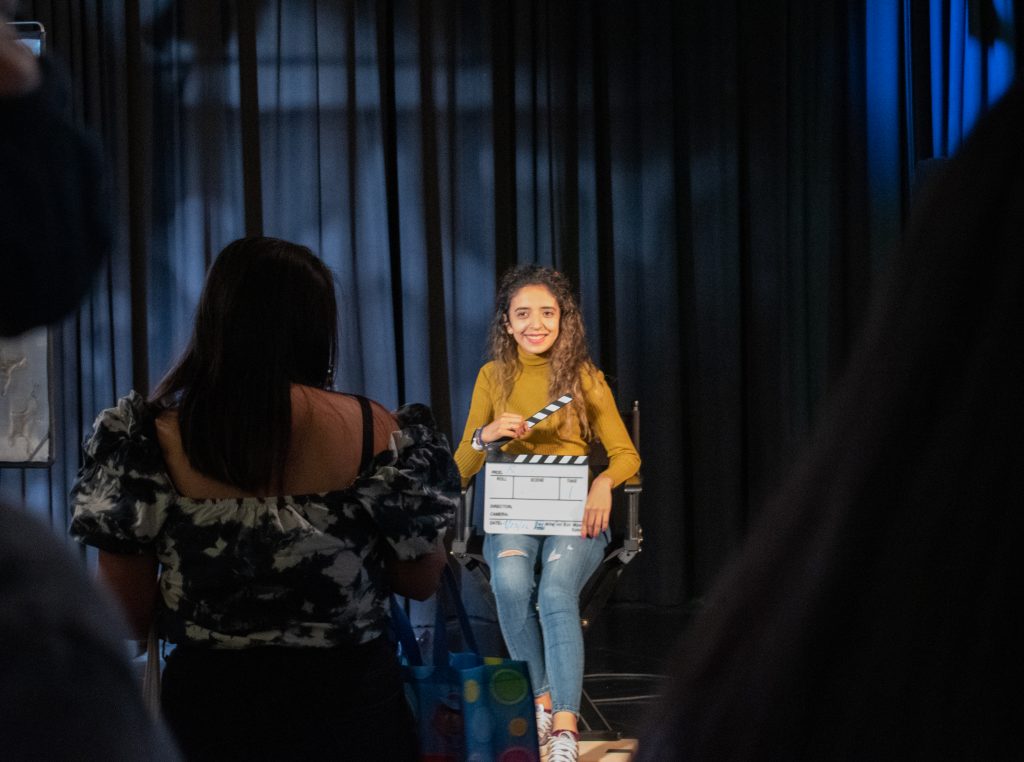
ACC’s RTF department has a wide variety of courses to take and high-level equipment students can gain experience with. This experience is necessary for students looking to take the next step in their careers.
“At Highland, there is what we call the creative digital media center which is all these different departments coming together,” Raymond said.
The department offers more than technology-related courses such as some focused on streaming TV and production management. If you’d like to see the entire catalog of in-depth courses RTF has to offer, click here.
Details On The Creative Digital Media Center
One of the many features of the RTF’s new space at Highland is a multi-cam broadcast studio which includes three cameras and a control room.
Another feature is the film production soundstage which includes a 10,159 square foot green screen studio.
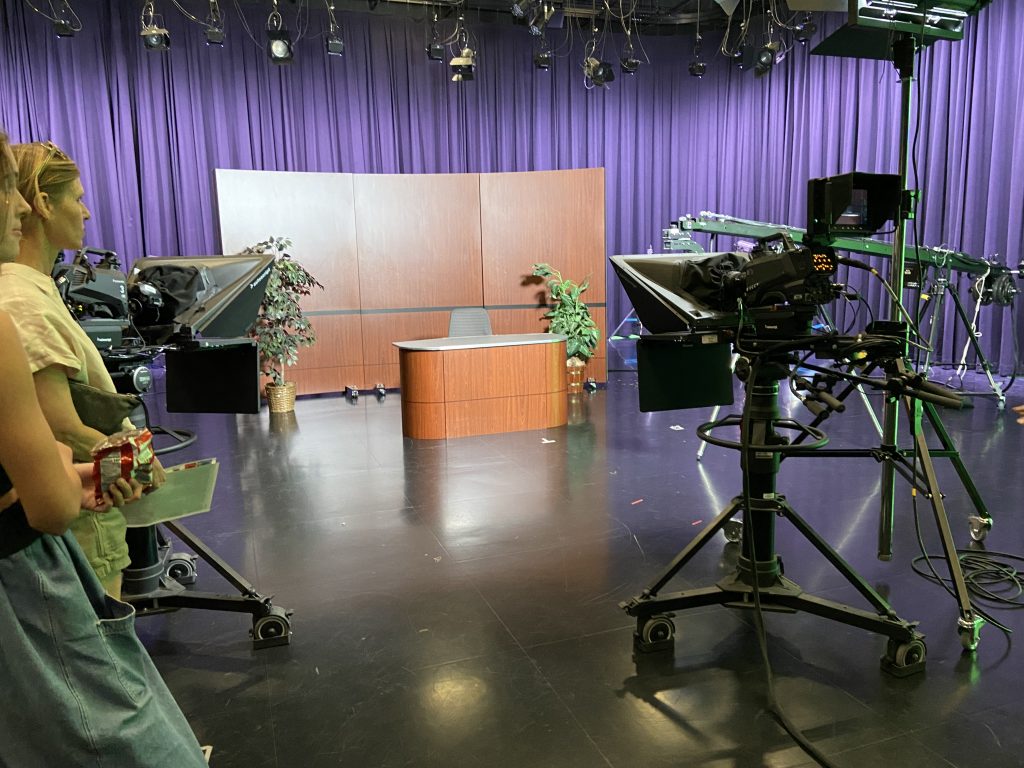
The new facility also includes collaborative learning environments such as flex media labs that are equipped with new technology to support any project. There are also digital media labs with access to the entire Adobe Creative Cloud Suite that students can use for post-production editing.
Once projects are ready to view on the big screen, students can now utilize a brand new 49-seat screening room that comes complete with surround sound.
For those interested in the audio side of things, there are podcasting and foley studios in the new space at the Highland campus as well.
And for those who like to stay behind the scenes, the new facility hosts a large equipment room where students can check out gear such as state-of-the-art cinema cameras and boom kits.
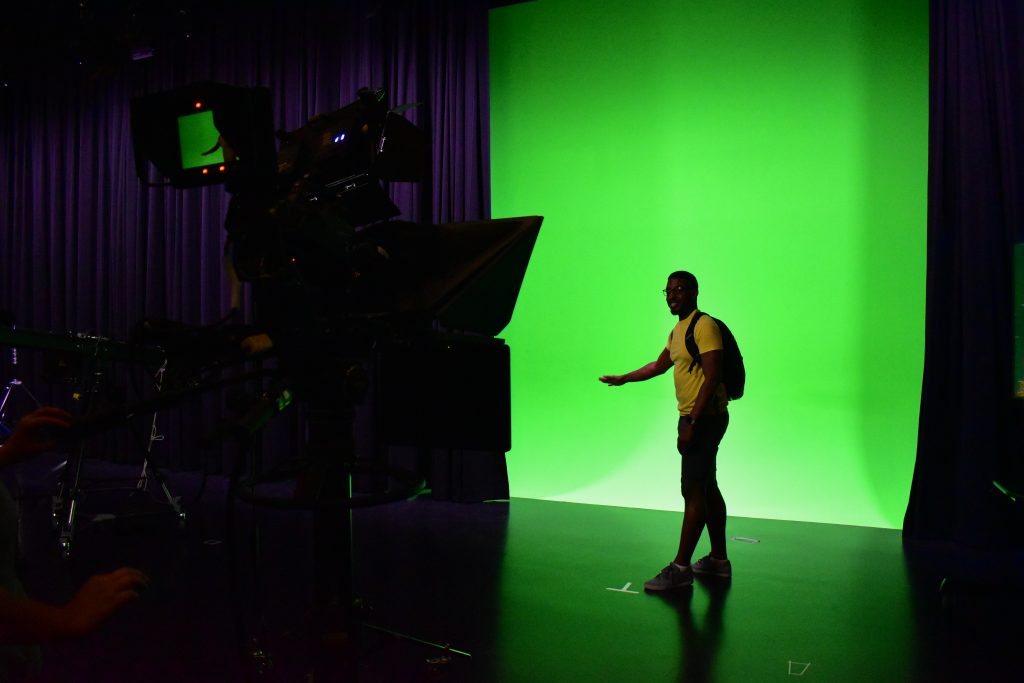
Partnerships and Collaboration
ACC’s RTF department is growing now more than ever not only through improvements but through partnerships as well.
The college and the RTF department have established a partnership with local non-profit organization Austin PBS which now shares space with ACC at the Highland campus.
“It made sense to welcome PBS as part of ACC,” Raymond said. “We have programs with Austin PBS that include paid internships and co-creation opportunities so literally classes collaborating with PBS on projects.”
No matter what your current major is at ACC, there’s a way to participate in a project being developed in the RTF department. From game designers to drama actors or music composers, there are multiple opportunities to get involved.
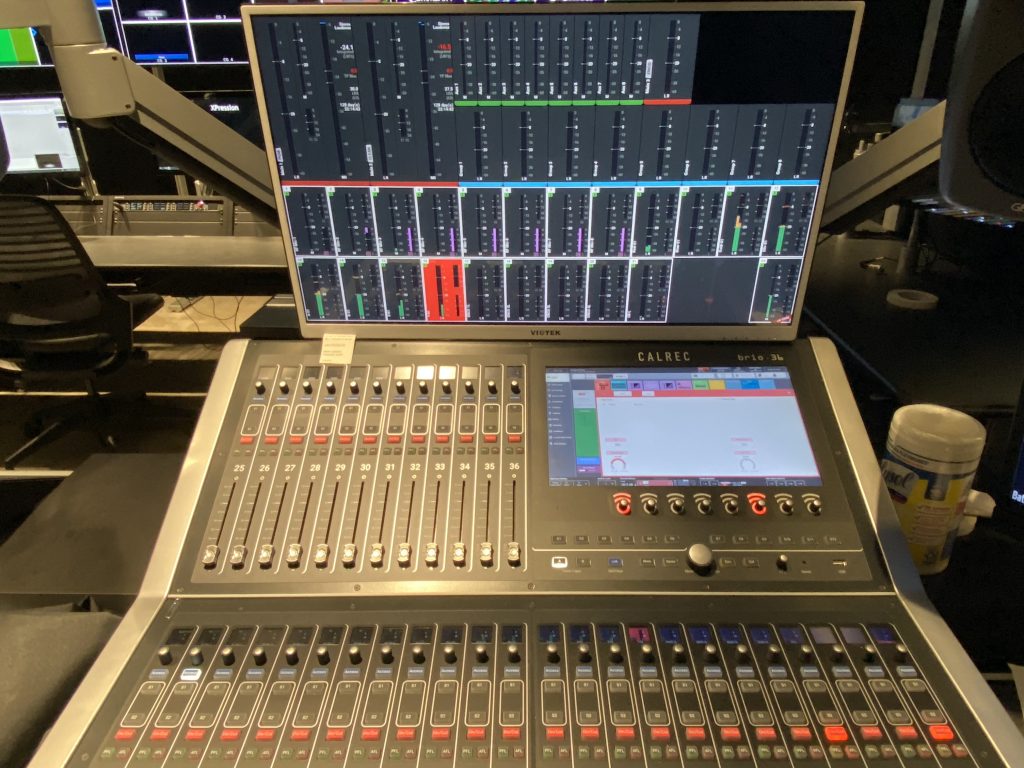
“There are plenty of different media forms being shaped now,” Raymond said. “Media is constantly evolving which is part of what makes it such an exciting space to be in.”
The department also offers open spaces that are referred to as “Creative Collaborator Labs”. In these labs, RTF students can post current projects under development onto the department website so students from other majors can search and match themselves with a project that they’re interested in.
This process is very interactive and allows students the chance to meet other creatives that have similar interests and goals within the industry.
If you would like to check out the currently available projects and connect with like-minded students head over to this link.
Setting Up Students For Success
With Rangel’s experience in the RTF department, jobs are now recruiting her for opportunities to work outside of the school where she can expand on the skills learned at ACC.
Even in the first few courses that are needed to start out in the RTF department, there are plenty of hands-on activities students can look forward to.
“Even with the first two classes at ACC I learned a lot,” Rangel said.
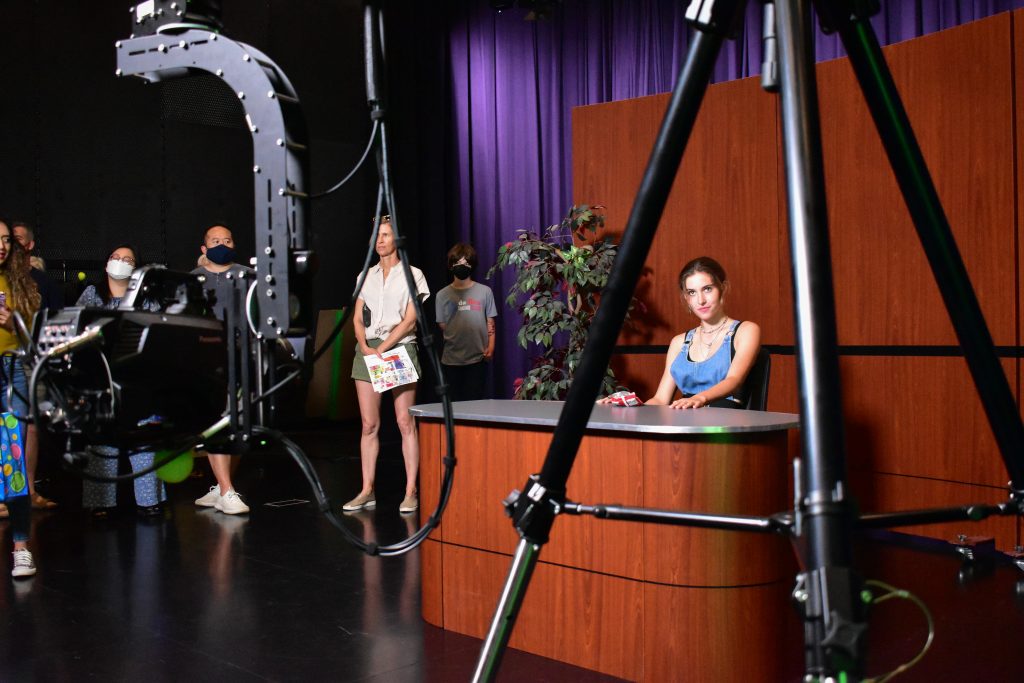
Choosing to become a part of the RTF department can potentially lead you to opportunities equal to what Rangel has found. The department prides itself on creating an enveloping environment that prepares students for anything their prospective field of study might throw their way.
Professors, mentors and staff at ACC’s RTF department are ready to help students align themselves in the right direction in order to set them up for success in their future careers.
From courses such as streaming television and broadcast production, to film and emerging media production, game design, and animation and motion graphics, there is an endless list of courses students can explore until they are on the right path.
Come join the RTF Department at ACC!
If you have any questions about the RTF department, please direct them to Department Chair Christian Raymond or Instructional Associate Laura DiMeo.



